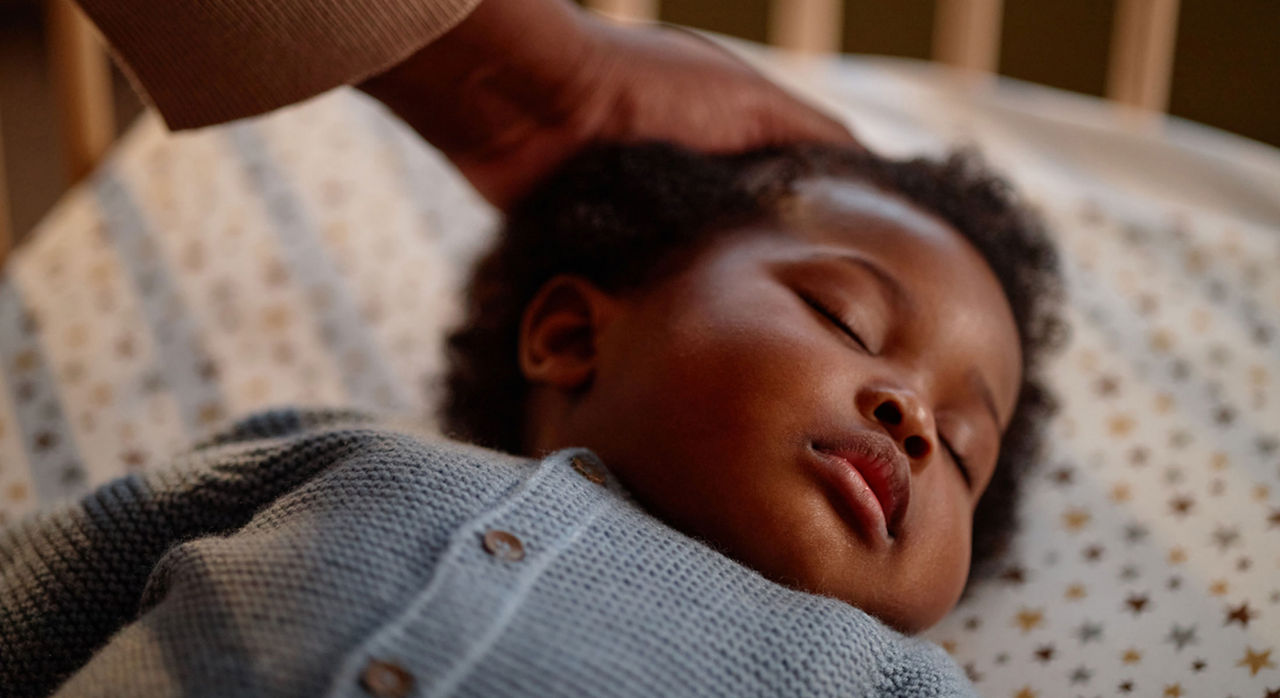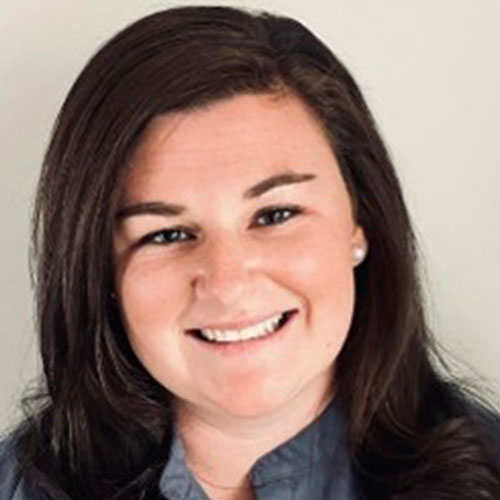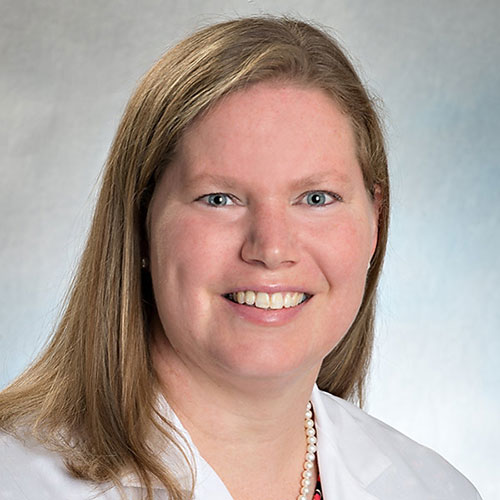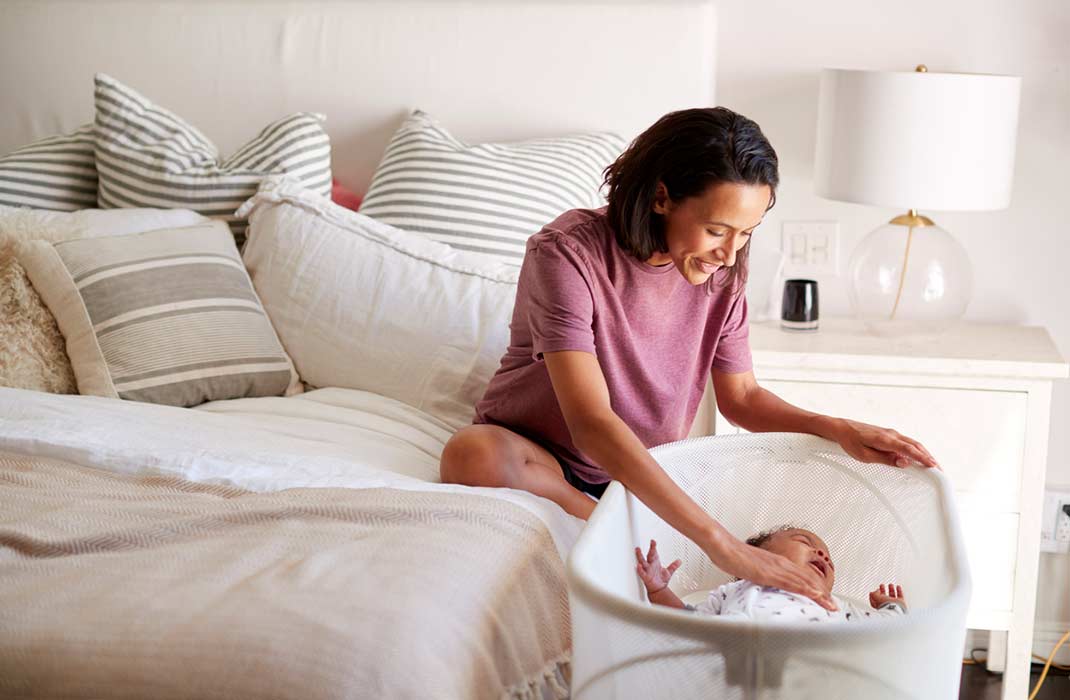-
- Find Care
-
- Visitor Information
- Find a Location
- Shuttles
- Visitor Policies
-
-
- Our Virtual Care Options
- Virtual Urgent Care
- Virtual Visits for Primary & Specialty Care
- Online Second Opinions
- Participate in Research
-
- Contact us
-
- For Innovators
- Commercialization Guide for Innovators
-
-
- Research News
- Alzheimer's Disease
- Artificial Intelligence
-
- Overview
-
- Overview
- Getting Started
- New to Mass General Brigham
- International Patient Services
- What Is Patient Gateway?
- Planning Your Visit
- Find a Doctor (opens link in new tab)
- Appointments
- Patient Resources
- Health & Wellness
- Flu, COVID-19, & RSV
- Billing & Insurance
- Financial Assistance
- Medicare and MassHealth ACOs
- Participate in Research
- Educational Resources
- Visitor Information
- Find a Location
- Shuttles
- Visitor Policies
- Find Care
-
- Overview
- Our Virtual Care Options
- Virtual Urgent Care
- Virtual Visits for Primary & Specialty Care
- Online Second Opinions
-
- Overview
- Participate in Research
-
- Overview
- About Innovation
- About
- Team
- News
- For Industry
- Venture Capital and Investments
- World Medical Innovation Forum (opens link in new tab)
- Featured Licensing Opportunities
- For Innovators
- Commercialization Guide for Innovators
- Contact us
-
- Overview
- Information for Researchers
- Compliance Office
- Research Cores
- Clinical Trials
- Advisory Services
- Featured Research
- Two Centuries of Breakthroughs
- Advances in Motion (opens link in new tab)
- Brigham on a Mission (opens link in new tab)
- Gene and Cell Therapy Institute
- Research News
- Alzheimer's Disease
- Artificial Intelligence
-
- Overview
-
- Overview
- Residency & fellowship programs
- Brigham and Women's Hospital
- Massachusetts General Hospital
- Mass Eye and Ear
- Newton-Wellesley Hospital
- Salem Hospital
- Integrated Mass General Brigham Programs
- Centers of Expertise
- Global & Community Health
- Health Policy & Management
- Healthcare Quality & Patient Safey
- Medical Education
- For trainees
- Prospective trainees
- Incoming trainees
- Current trainees
- Continuing Professional Development
Safe Sleep for Infants

Ensuring your baby’s safety while they sleep is one of the most important aspects of parenting.
“A baby should always sleep alone, on their back, and in a crib,” says Melissa Abell-Bardsley, MSN, RNC-OB, C-EFM, a Mass General Brigham registered nurse and professional development manager at Brigham and Women’s Hospital. “Creating a safe sleep environment for your little one helps prevent accidents and gives you peace of mind while they rest.”
Abell-Bardsley and Stephanie Neville, MSN, RN, RNC-NIC, a Mass General Brigham registered nurse and professional development manager at the Brigham, share practical tips supported by the American Academy of Pediatrics (AAP) to help reduce the risks of sleep-related incidents and promote healthy sleep habits for your baby.
Why is safe sleep so important?
Safe sleep helps prevent sudden unexpected infant death (SUID). SUID is the sudden death of a baby that occurs unexpectedly before their first birthday. It often happens during sleep or in the baby’s sleep area.
What to know about SUID
About 3,500 infants die of SUIDS every year in the U.S., according to the AAP.
There are three types of SUID:
Sudden infant death syndrome (SIDS): SIDS is the most common cause of death in babies 1 to 12 months old. Most SIDS deaths occur in the winter. Boys are more likely to die from SIDS than girls. Black, Native American, and Alaska Native babies are twice as likely to die of SIDS as white babies.
Accidental suffocation and strangulation: Babies who aren’t put to sleep safely could get hurt or even die. A baby could fall off a bed or sofa, get tangled in sheets and blankets, or get stuck between a bed and wall. A baby can also die when an adult or child rolls over on the baby while sharing a bed.
Unknown causes: In some cases of SUID and SIDS, experts can’t determine the cause of death after thorough investigation.
Safe sleep guidelines
Follow these 8 steps to help keep your baby safe and healthy:
Place your baby flat on their back to sleep until they are 1 year old. Remember “back to sleep for every sleep.”
Put your baby in their own crib to sleep and keep their crib in the same room as an adult for at least their first 6 months. Don’t put your baby to sleep on a couch, chair, waterbed or any other soft surface.
Remove crib bumpers, blankets, pillows or toys from your baby’s crib.
Put a firm, flat mattress and fitted sheet in your baby’s crib, and nothing else.
Use a crib that was made less than 10 years ago and doesn’t have any missing or broken parts.
Make sure the room your baby sleeps in isn’t too hot. Avoid putting a hat on your baby indoors and dress your baby in no more than one additional layer than what you’re wearing. Use sleep clothing or swaddles for warmth if needed. Don’t use weighted blankets, loose blankets, or hats while your baby is sleeping.
Return your baby back to their crib to sleep every time, even if they fall asleep in a carrier or sling, or while you’re breastfeeding.
Keep your baby away from smoke, alcohol, marijuana, opioids and illicit drug use.
Create a safe infant sleep space
Follow these tips to create a safe sleep environment and share them with other people who take care of your baby:
Do:
- Use a firm, tight-fitting mattress in the crib.
- Make sure crib corner posts are under 1/16” and bars have little space between them.
- Check that all parts of the bed are tight, not loose.
- Make sure that the baby is alone in the crib with only the fitted sheet and mattress.
Don’t:
- Keep the baby’s room too hot.
- Put toys, stuffed animals, crib bumpers, comforters, quilts or pillows in the crib.
- Use a crib with missing or broken pieces or cutout shapes in the headboard or footboard.
- Swaddle your baby after they’re able to roll on their own.
- Use home cardiorespiratory monitors as a way to reduce risk of SIDS.

Contributor

Contributor

